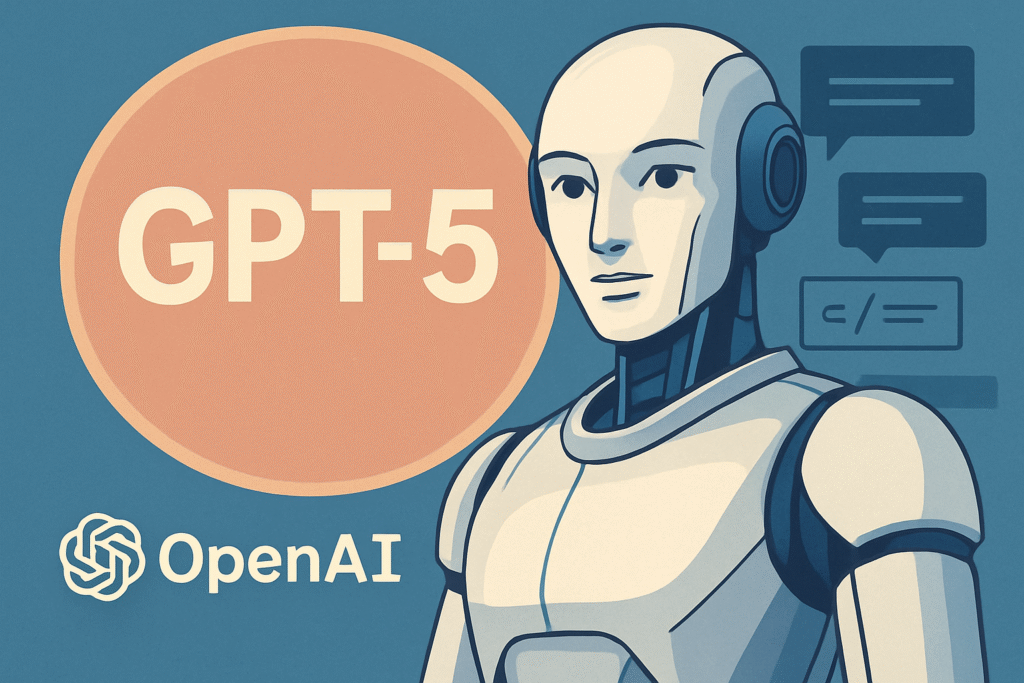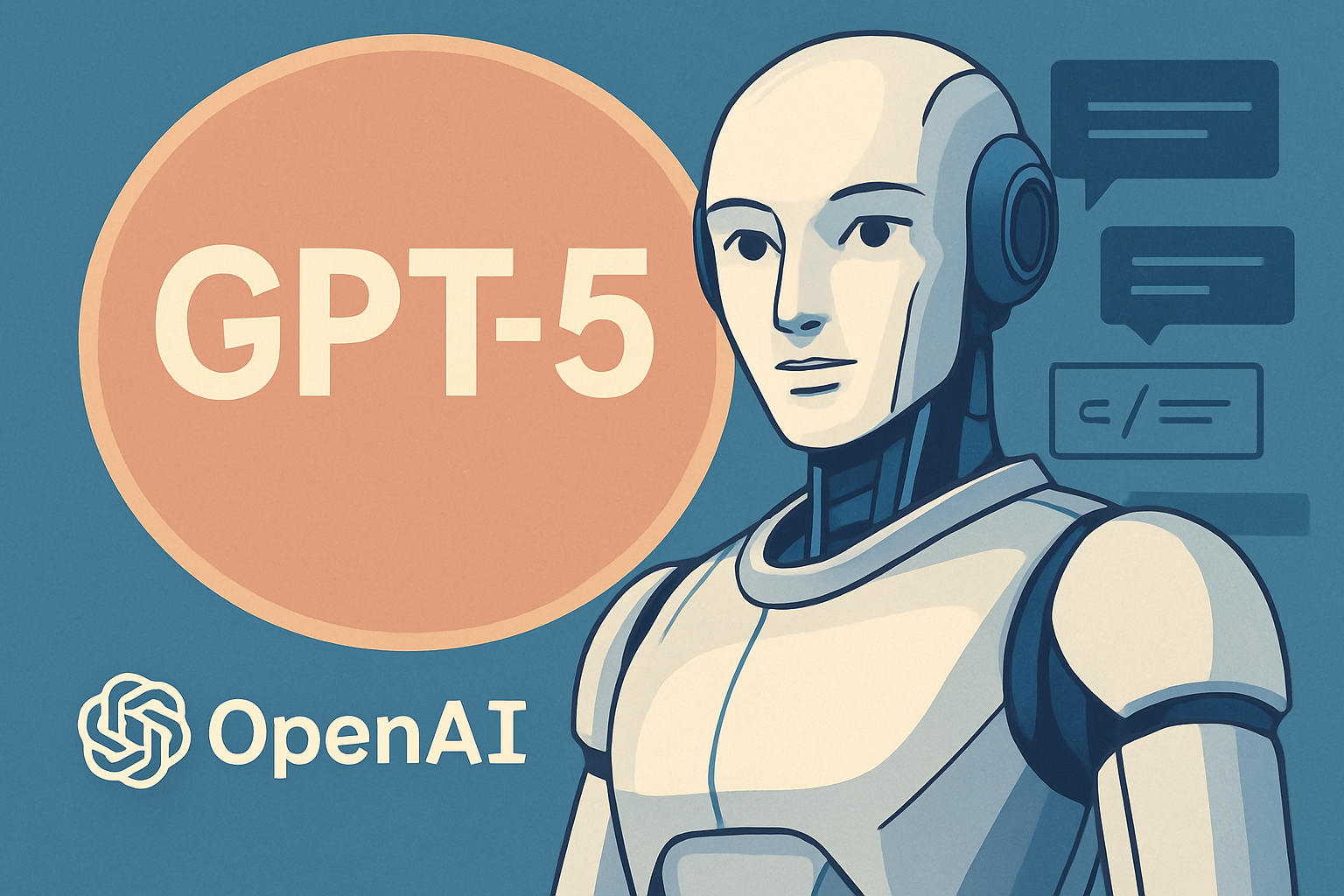
OpenAI just dropped GPT-5, the latest version of its popular language model, and it’s being pitched as smarter, faster, and more reliable than anything the company has done before. Best of all, it is available to all users. Yes, including those on the fee tier.
GPT-5 isn’t just one model. It’s a combo system that includes multiple versions: a fast one for quick replies, a slower one that thinks things through, and a router that decides which to use depending on what you ask. If you tell it to “think hard about this,” it will. Otherwise, it chooses automatically. Once you’ve used up your quota, a smaller “mini” model takes over to keep things moving.
This release replaces GPT-4o and everything before it. ChatGPT users now get GPT-5 by default, and paid users get even more access. Pro subscribers unlock GPT-5 Pro, a version built for deeper reasoning and complex tasks.
So what does it actually do better?
OpenAI claims GPT-5 handles writing, coding, math, and health advice with more depth and fewer hallucinations. Benchmarks show the model outperforming past versions across everything from medical Q&A to advanced math to building apps in a single prompt. It can write cleaner front-end code, design nicer websites, and even deliver poems with emotional punch. That said, users should probably wait to see how it holds up outside of a benchmark lab.
GPT-5 is also supposed to be less flattering, less robotic, and better at following instructions. In other words, it doesn’t constantly agree with you, toss emojis into everything, or fall back on vague fluff. OpenAI says it trained GPT-5 to recognize its own limits better, which means fewer fake answers and more honest “I can’t do that” responses. That’s especially important as people start using these tools for legal help, healthcare guidance, or technical work.
And yes, the safety story is getting an upgrade too. Instead of just refusing to answer sensitive prompts, GPT-5 tries to give high-level, helpful replies when it can. If something crosses a line, it tells you why and points to safer alternatives. This new method, called safe completions, is supposed to be more useful than the old “refuse everything” tactic that sometimes blocked legit queries.
There’s also a new experimental feature for personality presets. You can make GPT-5 act like a sarcastic nerd, a robotic assistant, a thoughtful listener, or a cynic. These are all opt-in and part of a bigger effort to make ChatGPT feel less generic.
For Pro users, the new GPT-5 Pro model is where the big claims land. OpenAI says it handles reasoning better than anything else available. It won the majority of head-to-head tests against other GPT-5 variants and even beat industry experts in a bunch of economically valuable tasks. Think legal analysis, science writing, complex research, and high-level code generation.
All of this runs on Microsoft Azure’s AI infrastructure. That’s expected, considering Microsoft’s investment in OpenAI. Enterprise and education users get access starting next week, while free users will see a slower rollout. Once limits are hit, the fallback is GPT-5 Mini, a faster and smaller version designed to keep things usable without the depth.
Whether GPT-5 changes everything or just tweaks the formula remains to be seen. But one thing’s clear. OpenAI is trying to stay ahead in a space that’s moving faster than most people can keep up with. And if it actually delivers the accuracy and honesty it promises, this might be the version that finally makes ChatGPT feel more like a useful tool and less like a parlor trick.


